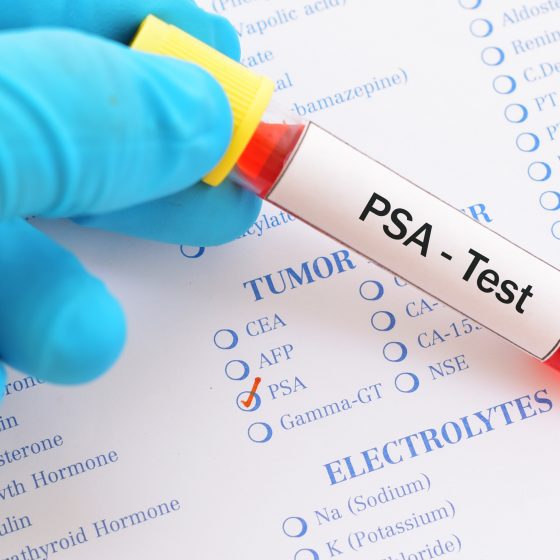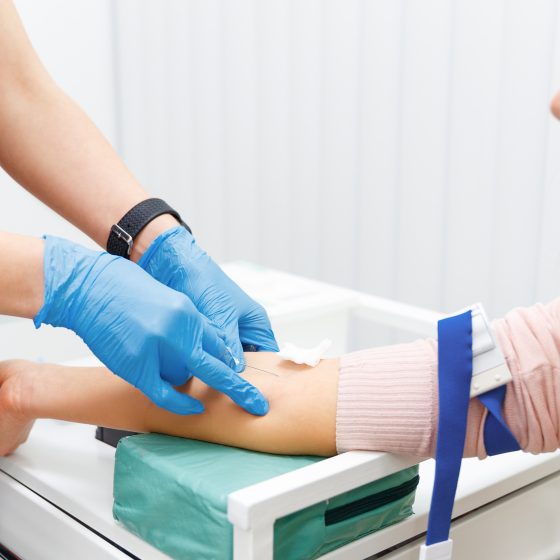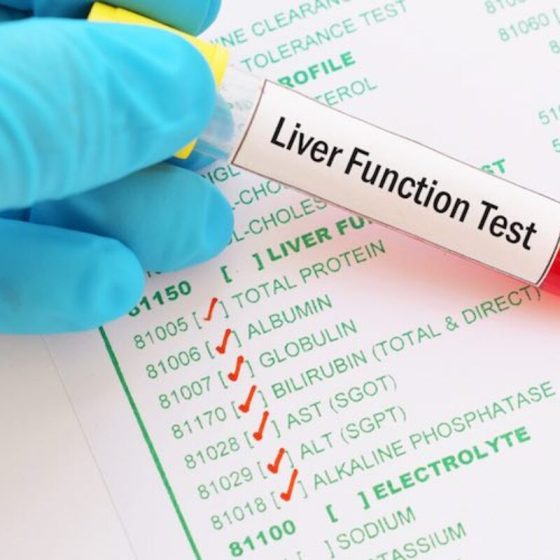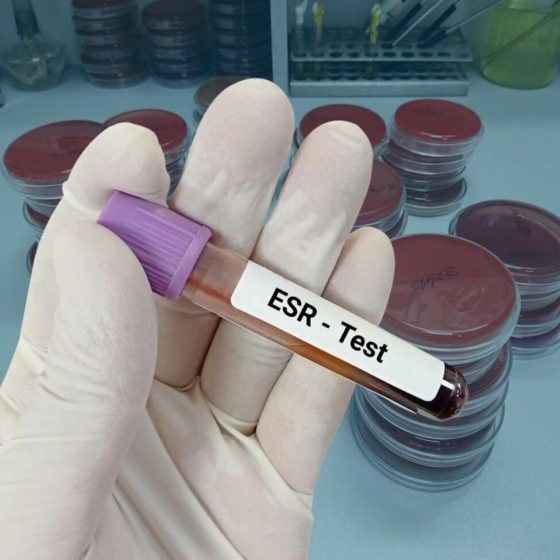Prostate specific antigen (PSA) test
Key facts Prostate specific antigen is a protein made by the prostate in males. PSA levels are used to monitor prostate cancer. PSA testing alone is not enough to diagnose prostate cancer. If you have prostate symptoms or other risk factors, the PSA test can be useful. What is the prostate specific antigen (PSA) blood test? The prostate specific antigen (PSA) blood test measures the amount of prostate specific antigen in your blood. PSA is a protein that is made by the cells in your prostate gland. The prostate is part of the male reproductive system. Most of the PSA







